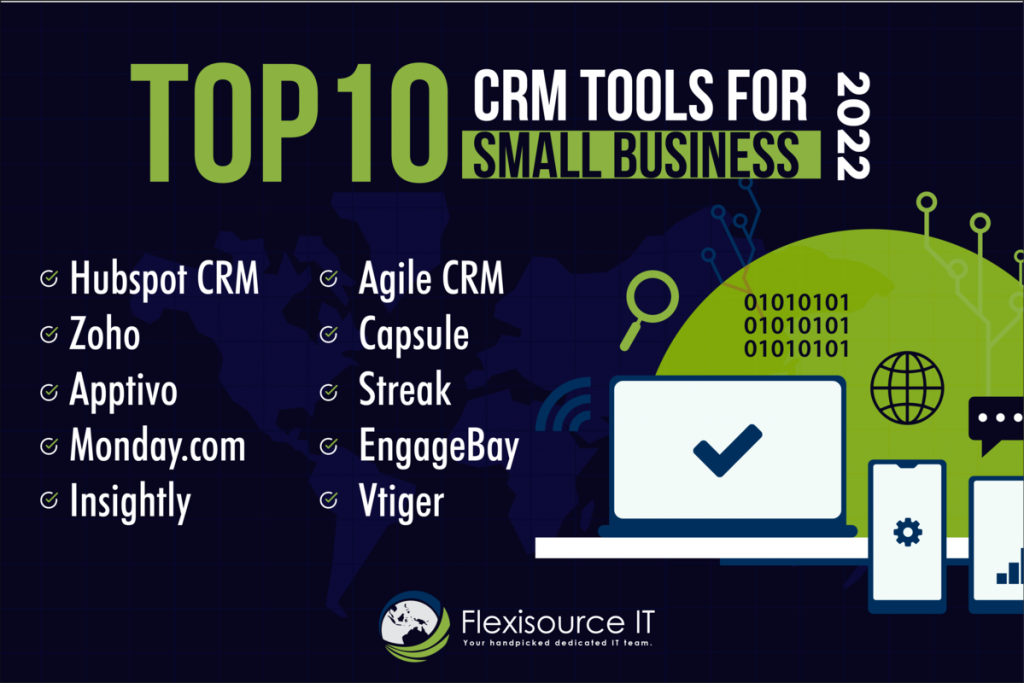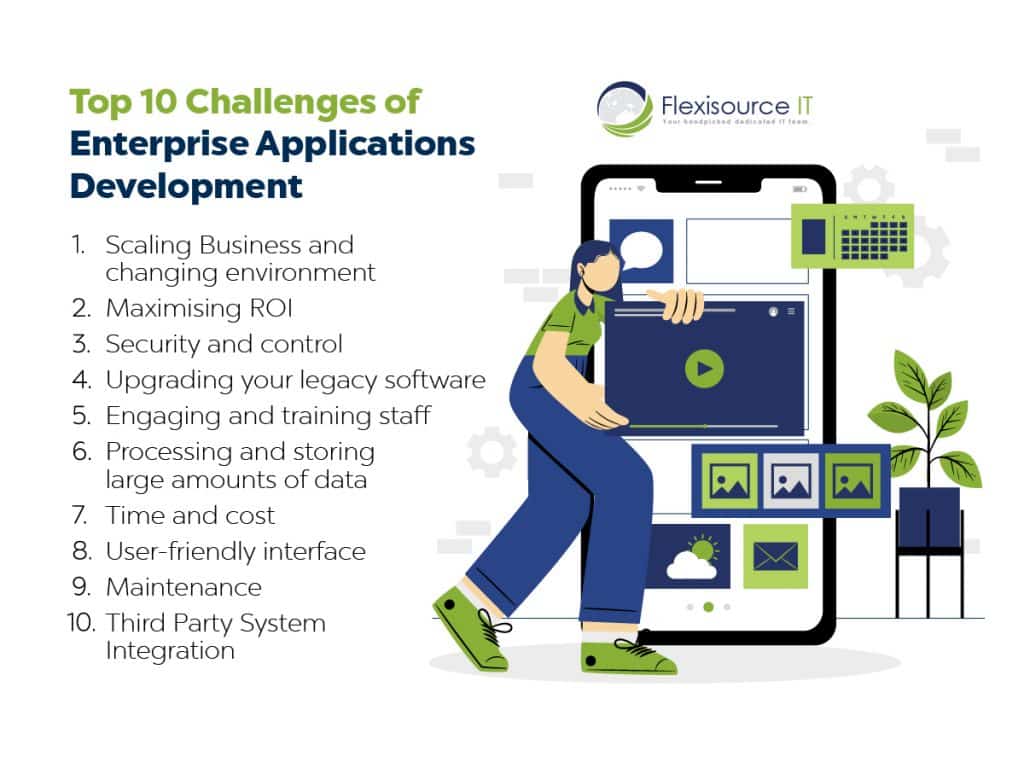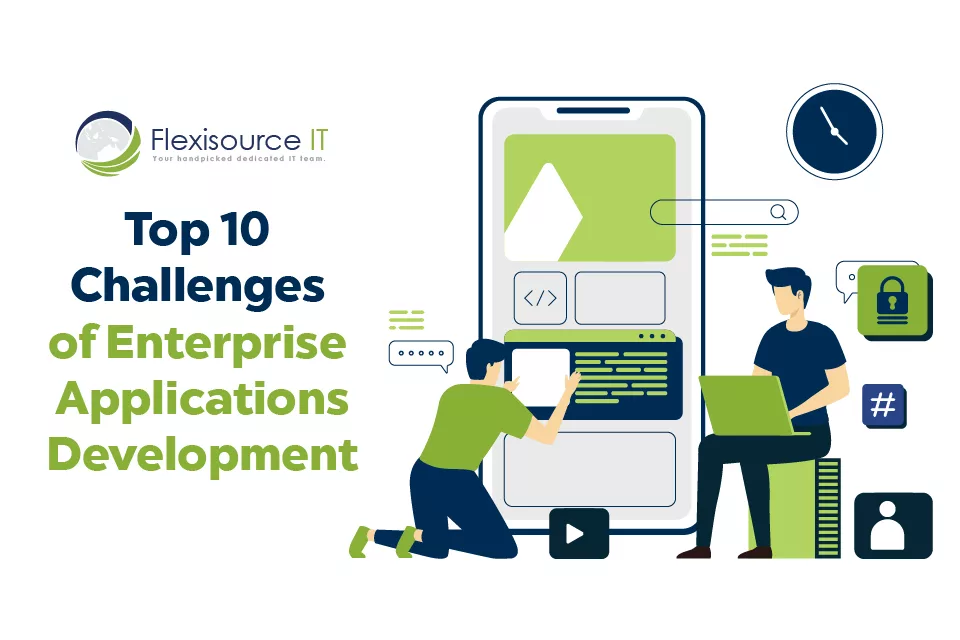Enterprise Application has proven to change customer experience in many companies. It has significantly helped companies and organizations to serve their customers better and upgrade their services. Small, medium and large-sized companies are starting to integrate enterprise software into their companies to facilitate their business process. According to Statista, it is expected that IT spending on enterprise software will amount to around $672 billion worldwide in 2022.
However, developing an enterprise application is not that easy. It is quite complex to build, and you need to have a proper process, requirements, and people who fully understand the development.
Moreover, you need to ensure that the enterprise software you are developing has minimal to zero error as your company will heavily rely on this. You need to make sure that it is seamless and secured.
Likewise, this article will tackle ten challenges of enterprise application development and how you can avoid them.
Table of Contents
What is Enterprise Application?
Before jumping right into the challenges, it is first essential to understand what enterprise application is. An enterprise application (EA) is a large-scale software or system developed to operate in a corporate environment like organizations or companies.
Enterprise applications are the lifeblood of many businesses. EA can connect all areas into a single system from planning, bookkeeping, control management, and personnel management. It is why EA are complex, critical, and challenging to create. It needs to consist of a group of different programs that are perfect to the individual needs of each department and employee.
What are some benefits of developing enterprise applications?
While developing EA is not a child’s play, it provides a range of benefits to a company and its employees. It helps reduce unnecessary or repetitive work and optimize the business process. It can help lower the production and employee cost. Likewise, below are other benefits of developing enterprise software.
- Simplifies business process – Enterprise Application streamlines and simplifies all company processes. All tasks are in one integrated system. In addition, it eliminates unnecessary work-related tasks and improves employees’ efficiency. It helps the company saves time and money. In addition, it also empowers the employee to perform better.
- Reduces costs and investment – When developing an EA, chances are you are integrating the old system with the new one since you need all data from the former. It eliminates the need to invest more time and resources to build a new system. In addition, EA generates an opportunity to create new services and products. It can help you produce more income in the long run.
- Better control of information – Enterprise application is a great way to control your company’s data and information. Since you are centralizing the information management, you have overall control of whom can see this data. You can assign each employee level of access and edit, manage, or power.
- Encourages collaboration and information exchange – As mentioned earlier, data are centralized in one system with enterprise applications. Therefore, employees can share and exchange ideas better.
What are ten enterprise application development challenges?
Developing an enterprise application is an arduous process. It takes some skill, vision, and precision to build one. As such, it is no surprise that developers face challenges of enterprise systems along the way. So, to help you avoid it, here are ten common enterprise application development challenges:


1. Scaling Business and changing environment
Business needs and the environment are constantly changing. It could be due to new technology, economic expansion, or simply providing new services. As such, company requirements vary too. You need to come up with new features that could work for everyone.
As such, implementing new requirements and workflow is one of the top enterprise application development challenges that most developers face is the constant by developers.
Enterprise software architecture is complex. And any attempt to make any changes needs to correlate with others.
Likewise, you need to develop a scalable and flexible architecture. One solution to this is by using a modular architecture. Any changes made to a single module would not affect other modules and their function. It could help save time and prevent extended downtime in the company’s enterprise application.
2. Maximising ROI
Low Return on Investment (ROI) is a significant enterprise application development challenge to companies. EA takes months and costs a lot to develop.
As such, it’s essential to thoroughly plan the project workflow and ensure that all details and requirements are precise. Clear planning can help the development team predict the budget and completion time. It can prevent customers from running out of money before the project is finalized or releasing a product that does not meet all requirements.
Thus, plan the development process clearly, set priorities, and regularly test to see if all parts and features are complete.
3. Security and control
Cybersecurity threats are one of the most common enterprise application development challenges an organization faces. Security is essential in any application. It promotes software confidence and control to users and businesses alike. Similarly, enterprise software handles confidential data like business processes, trade secrets, customer information, and more.
Likewise, a robust defense system including firewalls and encryptions should be in place at the network and host levels. You need to ensure that your enterprise applications cover all security vulnerabilities.
In addition, regular vulnerability tests should be conducted in the software to see any vulnerabilities that hackers might take advantage of. Companies should also apply security patches regularly following the latest technology.
4. User-friendly interface
When it comes to interface, one of the most common enterprise application development challenges is creating an interactive and user-friendly interface. Usually, the EA interface is cluttered with features that are not familiar to users. As such, most employees will have a hard time using it and eventually not use it at all. And this comes back to the developer if the prospective user does not find the application helpful or intuitive.
Likewise, it’s important to always define the user experience in the application. Make sure that you focus on creating an interface that is functional and easy to use for ordinary users. Ensure that your software provides a good user experience and is fast and reliable.
5. Engaging and training staff
Many companies forget that employees are the one who is going to use the enterprise application in the first place. They set up many features without qualms on the workers. As such, employees have no idea about their responsibilities or how to use the product.
Likewise, the first step in training staff is to give them an overview of the software and its functionality. Next, show your employees how they can use the software in their day-to-day tasks. Lastly, provide them with a list of resources to learn more about using the software, such as tutorials and documentation.
6. Storing large amounts of data
Another common enterprise application development challenge is storing large amounts of data. Since this application is used by companies that either handle global scale businesses or large customers, effectively managing big data is a challenge.
A massive amount of data equates to a large data center, network, and storage costs. Moreover, it slows down the response rate of the database and loading time for the end-users.
As such, it’s essential to constantly remind the organization and users to narrow down data sources. Remind them to delete inactive data. Likewise, you can also opt to avail of cloud-based storage or a third-party database management system.
7. Time and cost
The enterprise application development process can be a long and costly oen. And it the methodology and approach are not transparent, it could take 5-6 months to develop. It is why businesses need to have a plan before developing their application.
Determining what kind of app you need will save you time and money in the long run because you will know exactly what your needs are and what features you need to achieve. In addition, always look at other options that can reduce the development cost and time. Using technologies like cloud computing, DevOps, and such can help you minimize the price in the long run.
8. Upgrading your legacy software
One of the challenges faced during enterprise development is upgrading legacy software. Some companies like to maintain their legacy enterprise software. However, most outdated software has issues integrating with other systems and does not comply with company or government standards. It’s much harder to maintain and often crashes. As such, it is challenging to implement new features and functionality.
The legacy software needs to be analyzed first before deciding on the upgrade path. The decision should consider factors, such as the size of the team or the complexity of the application. In addition, it’s essential to have a well-thought architecture and standard application programming languages that allow scalability and upgrades after the development.
9. Maintenance
Maintainability is as crucial as making the Enterprise Application. However, maintainability should not always be an issue. Your enterprise software should be open to new environments and new requirements.
Using modular architecture in your enterprise application helps make maintenance tasks more manageable. The modular architecture makes it easier to manage and make changes in the software.
10. Third-Party System Integration
Another prevalent enterprise application development challenge many companies face is integrating various programs. Companies develop enterprise applications to centralize all business processes. Moreover, stakeholders want their application to cater to different businesses and customers. And therefore, the enterprise software needs to offer various services, and thus integration of third-party applications is necessary.
Likewise, companies need to state their needs and requirements before initializing development. Make sure to note the scalability need and scope of the product and tell the developers if there is an application that your Business heavily relies on.
Conclusion
Although enterprise application development has specific difficulties. These challenges are easy to address with the proper planning and knowledge. Companies need to partner with a third-party IT outsourcing company to develop their enterprise application.
So, if you are looking for a company to create a high-quality and seamless enterprise application, Flexisource IT can help you! We provide the best development services in Australia. Contact us now!
Pamela is a full-time content writer and a lifelong Philomath. Her previous experience as a research analyst made her passionate about traveling the world and understanding how it works. During her day off, you can often find her indoors, writing stories or oil painting.


